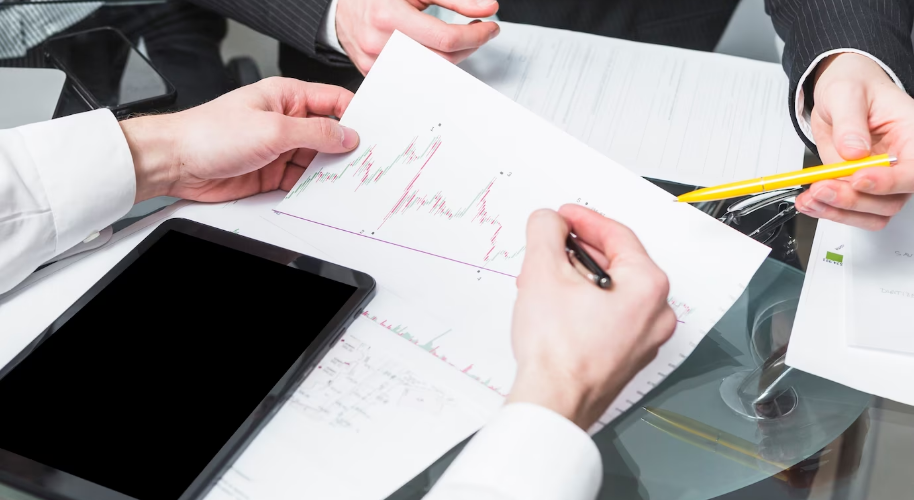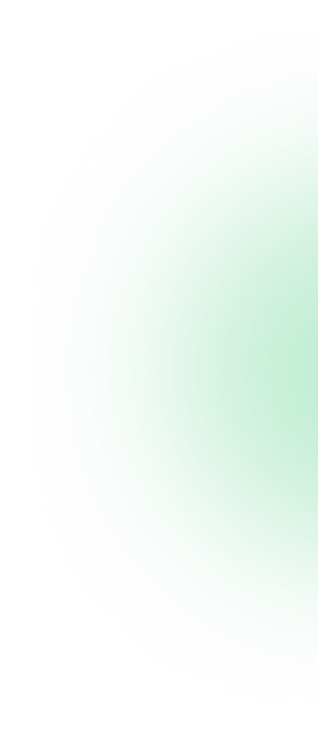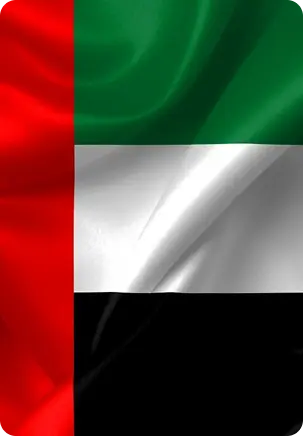-
Registration
Individuals need to register for the service at an authorized M-Pesa agent to use M-Pesa. They provide their identification documents and mobile phone number to create an account.
-
Deposits
Users can deposit money into their M-Pesa account by visiting an authorized agent and providing cash. The agent will then credit the corresponding amount to the user's M-Pesa account.
-
Account Management
Users can manage their M-Pesa account through their mobile phones. They can check their account balance, view transaction history, and change their settings.
-
Money Transfer
Users can transfer money to other M-Pesa users by selecting the "Send Money" option on their mobile phones. They enter the recipient's mobile phone number and the transfer amount. The sender confirms the transaction using their M-Pesa PIN, and the money is instantly transferred to the recipient's account.
-
Cash Withdrawal
Users can withdraw cash from their M-Pesa account by visiting an authorized agent. They provide their mobile phone number and the amount they want to withdraw. The agent gives them the equivalent amount in cash, deducting any applicable fees.
-
Payments
M-Pesa allows users to make various payments through their money transfer app development, such as utility bills, school fees, and online purchases. Users select the "Pay Bill" option, enter the biller's business and account numbers, and confirm the payment using their M-Pesa PIN.
-
Merchant Payments
M-Pesa can also be used for in-store payments at participating merchants. Users can purchase by selecting the "Lipa Na M-Pesa" (Pay with M-Pesa) option, entering the merchant's Till Number, and confirming the payment using their PIN.
-
International Money Transfer
M-Pesa also enables users to send and receive money internationally through partnerships with money transfer operators. Users can receive funds from abroad directly into their M-Pesa accounts or send money internationally to specified destinations.
M-Pesa operates on a secure platform that encrypts transactions and employs various security measures to protect user information. The service has played a significant role in providing financial services to unbanked populations and promoting financial inclusion in many countries.
Dev Technosys offers expert dedicated developers under a flexible Time and Material model to turn your vision into powerful, scalable digital solutions
Greetings, fellow adventurers of innovation and financial revolution! Embark on a mind-bending expedition as we unveil the awe-inspiring M-Pesa business model. Prepare to be mesmerized as we navigate the captivating story of a groundbreaking mobile money platform that has disrupted the traditional financial landscape.
In this exhilarating odyssey, we'll unravel the intricate tapestry of the M-Pesa business model, where digital technology intertwines with the aspirations of millions. Witness the birth of a financial revolution that defies borders and empowers communities. From its humble origins to its remarkable global reach, we'll reveal the ingenious mechanisms that have made M-Pesa a beacon of hope for financial inclusion.
So strap on your intellectual seatbelts and join us on this unforgettable journey. Together, we'll unravel the mysteries, decode the strategies, and unveil the magic behind M-Pesa's extraordinary business model. Get ready to have your mind blown as we unlock the secrets within!
What is M-Pesa?
M-Pesa is a mobile phone-based digital payment system that originated in Kenya. The name "M-Pesa" is a combination of the Swahili word for mobile, "simu," and the English word "pesa," which means money. It was launched in 2007 by Safaricom, the leading mobile network operator in Kenya, and has since become one of the world's most successful and widely used mobile money services.
M-Pesa allows users to deposit, withdraw, transfer, and pay using mobile phones. It enables people who may not have access to traditional banking services to engage in financial transactions and manage their money securely. The service is available to both Safaricom subscribers and non-subscribers, and users can access M-Pesa through a simple menu on their mobile phones.
To use M-Pesa, individuals must register for an account and link it to their mobile phone number. They can then deposit money into their M-Pesa account by visiting an authorized agent and exchanging cash for electronic value. Once the money is in their account, they can perform various transactions, such as sending money to other M-Pesa users, paying bills, purchasing goods and services, and saving and borrowing money.
M-Pesa has significantly impacted the financial landscape in Kenya and other countries where it has been introduced. It has revolutionized how people conduct financial transactions, especially in rural areas with limited access to traditional banking services. M-Pesa has also been adopted in other countries, such as Tanzania, Mozambique, Egypt, and India, contributing to financial inclusion and empowering individuals with greater control over their finances.
How Doe M-Pesa Work?
M-Pesa is a mobile money transfer and payment service launched in 2007 by Safaricom, a telecommunications company in Kenya. It has since expanded to several other countries in Africa, Asia, and Europe. M-Pesa enables users to deposit, withdraw, transfer money, pay bills, and make mobile phone purchases.
Here's how M-Pesa works:
M-Pesa Business Model
The M-Pesa business model revolutionized the mobile payment industry, offering financial services to unbanked populations in emerging markets. This business model canvas will explore the key elements of M-Pesa's success and how they utilized innovative strategies to transform how people transact.
-
Key Partnerships
M-Pesa collaborated with mobile network operators, financial institutions, and retail agents to establish a robust M-Pesa business model ecosystem, including M-Pesa app development. By partnering with Safaricom, Kenya's leading telecom provider, M-Pesa gained access to a vast customer base and an extensive distribution network. These partnerships allowed M-Pesa to leverage existing infrastructure and efficiently reach customers, including through the development of the M-Pesa app.
-
Key Activities
M-Pesa's primary activity revolves around providing a secure and convenient M-Pesa business model mobile payment platform. The company developed a reliable system enabling users to send and receive money, pay bills, and access other financial services through mobile phones. The platform's simplicity and ease of use were instrumental in attracting users and driving adoption.
-
Key Resources
M-Pesa's most critical resource is its technology infrastructure, including a secure network, robust servers, and reliable software systems. The company invested heavily in building and maintaining this M-Pesa business model infrastructure to ensure seamless and uninterrupted service. Additionally, M-Pesa relied on a team of skilled professionals who developed and managed the platform, ensuring its efficiency and security.
-
Value Proposition
M-Pesa's value proposition lies in its ability to offer financial services to the unbanked population through its business model. By leveraging mobile technology, M-Pesa provided a safe and accessible platform for individuals who lacked access to traditional banking services. The convenience and affordability of M-Pesa's offerings transformed how people conducted transactions, empowering them with financial inclusion.
-
Customer Segments
M-Pesa primarily targeted individuals who lacked access to traditional banking services, particularly in emerging markets, including migrant workers, small-scale entrepreneurs, and individuals in rural areas. By understanding the unique needs of this underserved population, the M-Pesa business model tailored its services to meet their requirements, ensuring widespread adoption.
-
Customer Relationships
M-Pesa cultivated strong customer relationships through personalized support and continuous engagement. The company provided comprehensive customer service, including helplines and local agents who assisted users in navigating the M-Pesa business model platform. M-Pesa also established trust by partnering with reputable financial institutions, ensuring the security and reliability of its services.
-
Channels
M-Pesa's distribution channels were crucial to its success in building a money transfer app. The company leveraged its partnership with Safaricom to utilize the existing network of airtime resellers as retail agents. This extensive network allowed customers to convert cash into electronic value and vice versa, bridging the gap between the digital and physical worlds. The availability of agents in local communities played a vital role in M-Pesa's rapid adoption of the M-Pesa business model for building a money transfer app.
-
Revenue Streams
M-Pesa generated revenue through transaction fees charged to customers. The M-Pesa business model implemented a fee structure based on transaction amounts, ensuring affordability for users while maintaining profitability. Additionally, M-Pesa explored partnerships with businesses to offer value-added services, generating additional revenue streams.
-
Cost Structure
M-Pesa's cost structure involved significant investments in technology infrastructure, including network infrastructure, software development, security systems, and money transfer app development cost. The M-Pesa business model also incurred marketing, customer support, and agent commission expenses. However, as the platform scaled, the cost per transaction decreased, leading to improved profitability.
-
Key Metrics
M-Pesa measured its success through several key metrics. These included the number of registered users, transaction volumes, customer acquisition costs, customer retention rates, and agent network growth. By tracking these metrics, the M-Pesa business model monitored its performance, identified areas for improvement, and made data-driven decisions to enhance its services.
M-Pesa Revenue Model
Now that you know the M-Pesa business model, it is crucial to learn about the M-Pesa revenue model. M-Pesa, which stands for "mobile money" in Swahili, is a mobile payment service launched in Kenya in 2007 by Safaricom, the country's largest mobile network operator. It has since expanded to several other countries in Africa and beyond. M-Pesa has revolutionized the way people in these regions handle financial transactions, providing a convenient and accessible platform for sending, receiving, and storing money using just a mobile phone. If you are interested in an M-Pesa app development company, you can explore the various firms specializing in creating applications for this innovative mobile payment service.
The revenue model of M-Pesa can be attributed to several key factors that contribute to its success:
-
Transaction Fees
M-Pesa generates revenue primarily through transaction fees. Users are charged a small fee for each transaction, such as sending money to another user, withdrawing cash, or paying bills. The fee structure varies depending on the transaction amount and type, with higher fees for larger transactions. These fees are a significant source of revenue for M-Pesa, considering the large user base and the high volume of daily transactions.
-
Agent Commissions
M-Pesa operates through a network of authorized agents who facilitate cash deposits, withdrawals, and other services on behalf of users, including M-Pesa app development costs. These agents are typically small businesses or individuals who earn commissions on their transactions. Safaricom, the operator of M-Pesa, shares a portion of the transaction fees with these agents, incentivizing them to promote and provide M-Pesa services. The agent commissions, along with other revenue streams, contribute to the overall revenue generated by the M-Pesa business model.
-
Partnerships and Integrations
M-Pesa has formed partnerships and integrations with various businesses and service providers, allowing users to pay directly for goods and services through the platform. These partnerships often involve revenue-sharing agreements, where M-Pesa receives a percentage of the transaction value for facilitating the payment. For example, M-Pesa has integrated with utility companies, enabling users to pay their electricity or water bills through the mobile platform. These partnerships expand the range of services M-Pesa offers and generate additional revenue streams.
-
Value-Added Services
In addition to basic money transfer and payment capabilities, the M-Pesa app's business model offers its users a range of value-added services. These services include savings accounts, loans, insurance products, investment options, and the ability to build M-Pesa app. M-Pesa earns revenue by charging fees and interest on these additional services. For instance, M-Pesa may charge interest on loans provided through the platform or deduct fees for maintaining a savings account. M-Pesa diversifies its revenue streams by offering these value-added services and enhances the overall user experience.
-
International Money Transfers
M-Pesa business model has expanded its services to enable international money transfers, allowing users to send and receive money abroad. This service caters to the many migrants who send remittances back home to their families. M-Pesa business model generates revenue from these international transfers by charging transaction fees, which may vary based on the transfer amount and destination country. By facilitating international money transfers, M-Pesa taps into a lucrative market and expands its revenue base.
It's important to note that while M-Pesa has a solid revenue model, its success also hinges on factors such as user adoption, network coverage, and regulatory environment. M-Pesa's widespread adoption in countries like Kenya has been driven by limited access to traditional banking services, a high mobile phone penetration, and a need for secure and convenient payment solutions. These factors contribute to the growth of the user base and transaction volume, ultimately fuelingM-Pesa app revenue generation.
How Dev Technosys Can Help You Build an App Like M-Pesa?
Dev Technosys is a leading money transfer app development company that can assist in building an app similar to M-Pesa by leveraging its expertise in mobile app development and payment solutions. With our extensive experience in fintech, we can provide comprehensive solutions for features like user registration, digital wallets, secure transactions, fund transfers, and transaction history. Our skilled team can integrate various payment gateways, develop a user-friendly interface, and ensure the app's scalability and security. By employing the latest technologies and following industry best practices, Dev Technosys can create a robust and reliable app that enables seamless mobile payments, catering to the requirements of a digital financial ecosystem.

















